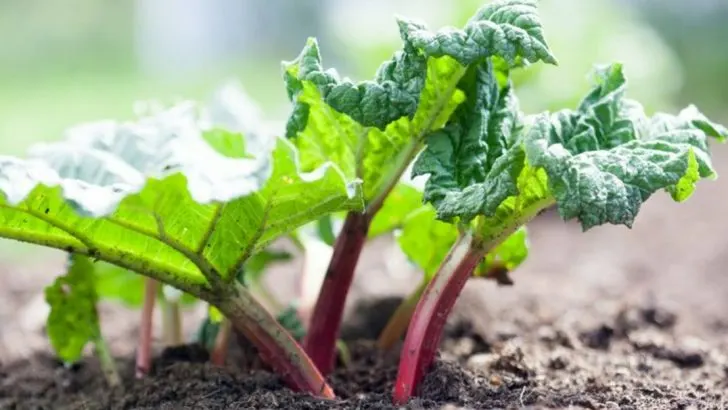Splitting rhubarb sounds simple—until you end up with a sad, wilted mess instead of a thriving patch. Rhubarb is stubborn. It holds onto its secrets like a grumpy old gardener guarding a treasure chest. But here’s the truth: done right, splitting and moving rhubarb can breathe new life into your garden and multiply your harvest like magic. Get ready to roll up your sleeves, grab a sharp spade, and treat your rhubarb like the superstar it is. This isn’t just gardening; it’s a rescue mission for your crimson stalks. Ready to dig in without ruining your crop? Let’s get to work!
Choosing the Right Time
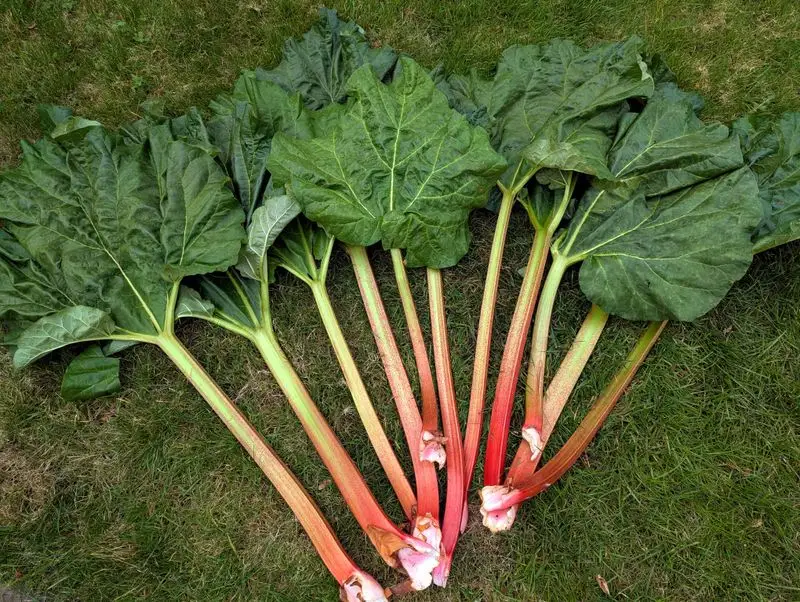
Timing is crucial for a successful rhubarb transplant. Early spring or late autumn offers the perfect conditions. The key is moving the plants while they are dormant. This reduces stress and supports new growth. Imagine the crisp air of a spring morning as you prepare your garden.
It’s like nature’s sigh of relief. Avoid hot summer days or early frost as these can shock your plants.
With patience and the right timing, your rhubarb will thrive in its new home. It’s all about reading nature’s cues and responding gently.
Preparing the New Site
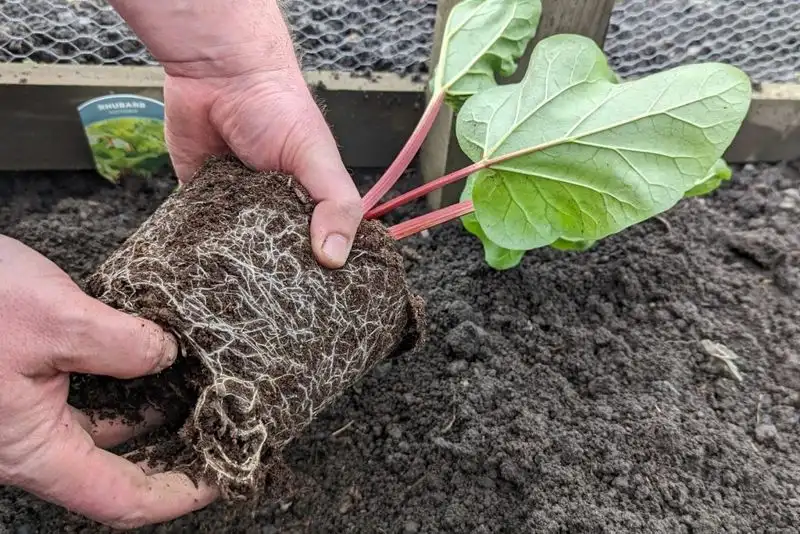
A well-prepared site is the foundation of a healthy rhubarb transplant. Choose a sunny spot with well-drained soil. Envision dark, rich earth crumbling softly in your hands.
Add compost or well-rotted manure to enrich the soil. This provides essential nutrients and promotes growth. Picture the transformation as the soil becomes a nurturing haven.
Ensure the area is free from weeds and debris, as competition can stunt rhubarb’s development. A clean, fertile bed sets the stage for a bountiful harvest.
Dividing the Rhubarb Crown
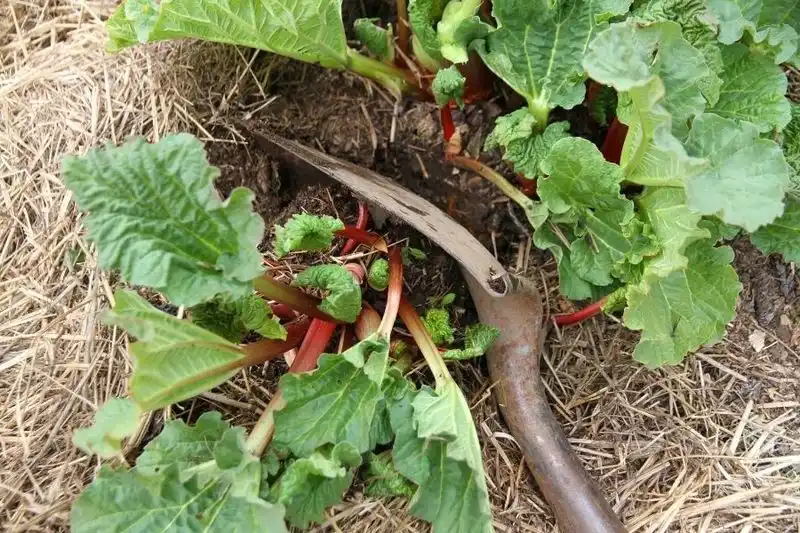
Dividing the rhubarb crown is a precise task that rejuvenates the plant. Use a sharp spade or knife to divide the root ball into sections, each with an eye or bud.
Feel the satisfaction as each section becomes a potential new plant. Imagine the anticipation of new life emerging.
Ensure cuts are clean to prevent disease. This practice not only propagates rhubarb but also invigorates older plants, ensuring continued vitality and productivity. It’s a renewal process that breathes life into your garden.
Transplanting with Care
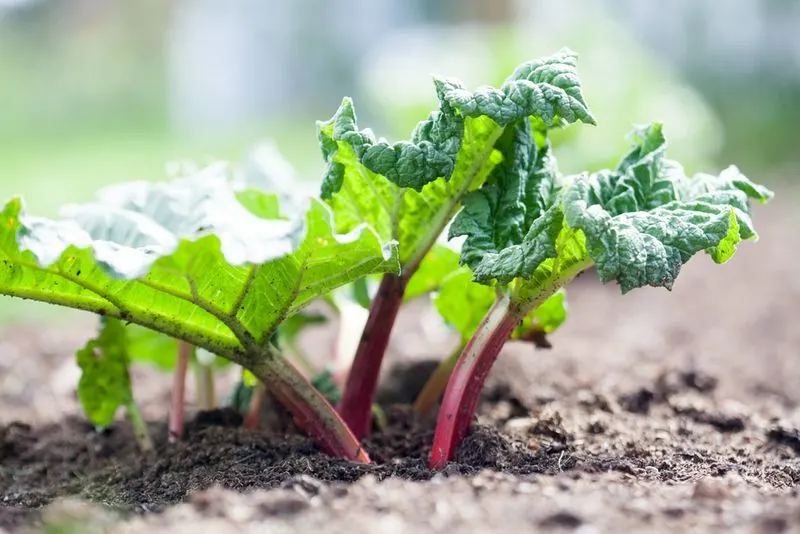
Handling rhubarb with care during transplanting is essential. Gently place the divided sections into the prepared soil, spacing them adequately for growth.
Imagine the tender touch as they settle into their new home. Cover the crowns with soil, ensuring the buds are just below the surface.
Consider this the plant’s gentle embrace of its environment. Water immediately to help the roots establish. Proper care at this stage fosters a robust and flourishing growth cycle, securing the plant’s future.
Post-Transplant Care
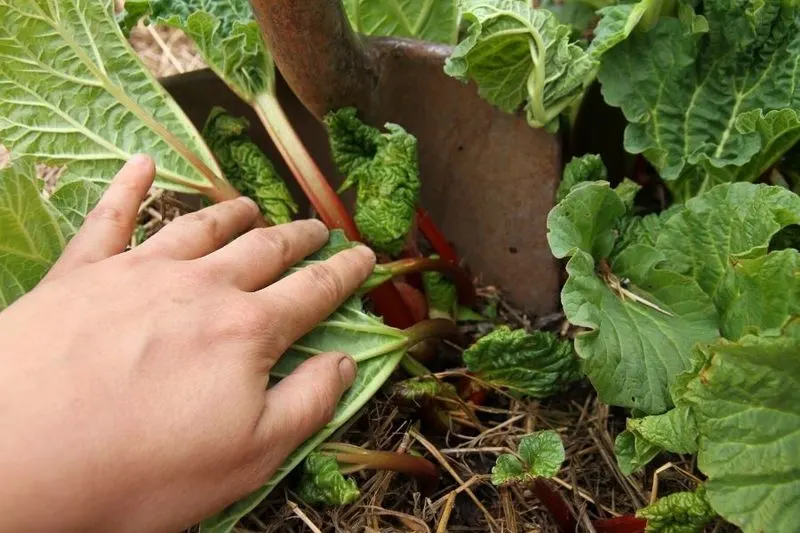
Post-transplant care is the guardian of rhubarb success. Water regularly to maintain soil moisture but avoid waterlogging. Picture the soft patter of rain nurturing the earth.
Mulch around the base to retain moisture and suppress weeds. This creates a protective barrier, like a comforting blanket for your plants.
Monitor for pests and diseases, ensuring a healthy environment. With attentive care, your rhubarb will thrive and reward you with a bountiful harvest season after season.

